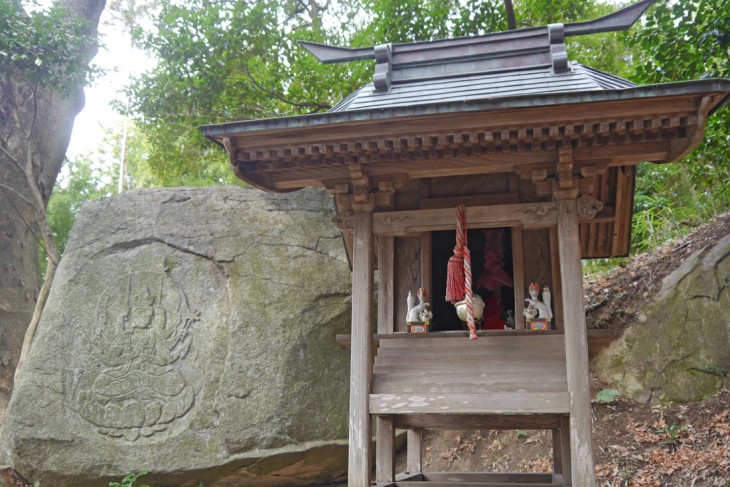
I discovered Mt. Iwatsuno by accident. I did a farmstay in Motomiya City, and when I asked my farmstay host about her favourite place in Motomiya, she told me about Mt. Iwatsuno.
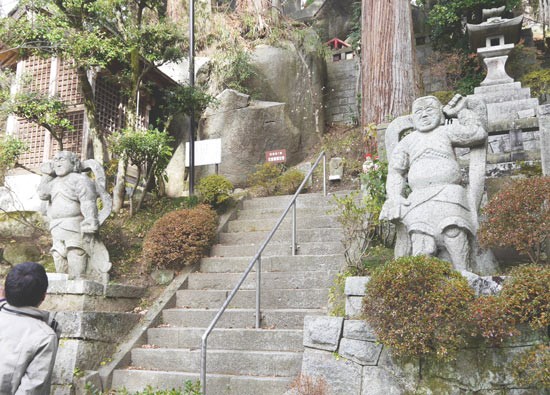
My farmstay host described Mt. Iwatsuno as a mountainside scattered with huge rocks that had either been etched with beautiful carvings, or moluded into statues. She told me how it had been used by Buddhist monks as a training retreat for centuries. I was keen to go, but what I found at Mt Iwatsuno far exceeded my expectations.
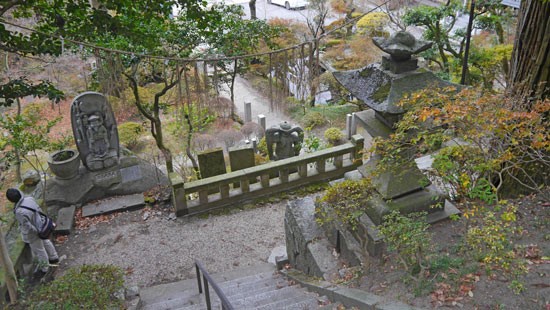
WHAT IS GANKAKUJI?
Gankakuji Temple is the main temple located on Mt. Iwatsuno, and was founded in 851. Both Gankakuji and Mt. Iwatsuno share the same kanji (岩角), even though they are pronounced completely differently. Mt. Iwatsuno is a place of religious training for Buddhist monks from the school of Tendai.
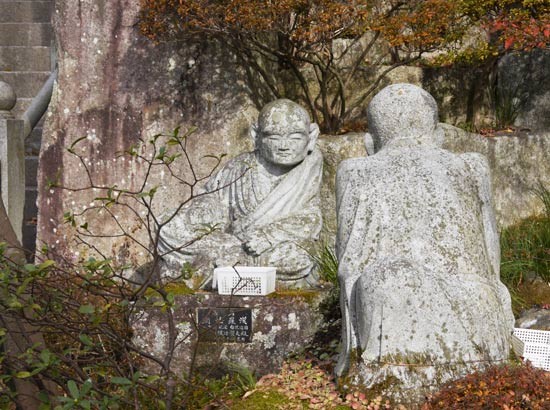
Tendai Buddhism was introduced to Japan in the 8th century by a Japanese monk called Saicho, who founded the spectacular Enryakuji Temple at Mt. Hiei, Kyoto, after bringing Tendai Buddhist texts from China.
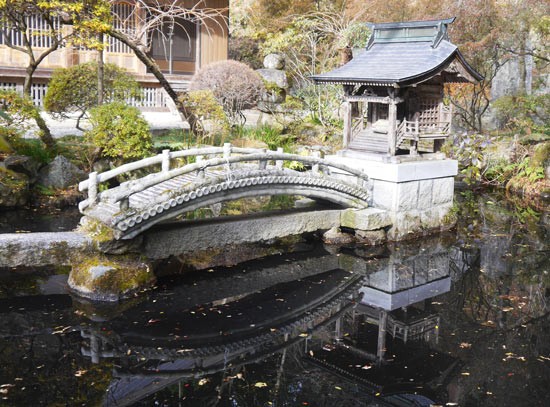
The Tendai Buddhist school is centered around the practice of Shugendo, a Heian era religious practice that includes elements of Shintoism, Taoism, and pre-Buddhist mountain worship, as well as other forms of Buddhism.
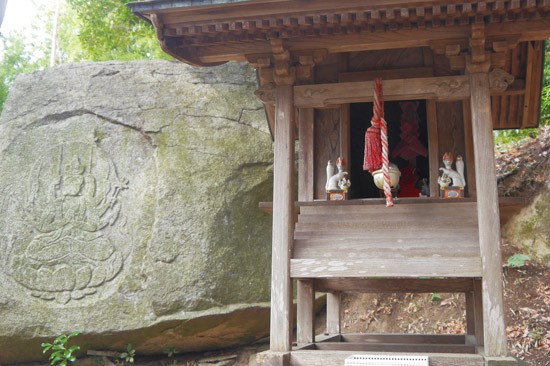
As well as being a place of mental and physical Buddhist training, Gankakuji Temple is actually designated as the main home of the 一隅を照らす運動 ‘Ichigu wo Terasu Undo’ Buddhist movement, which was started at Kyoto’s Enryakuji Temple as a way of keeping Tendai Buddhist teachings relevant to current generations.
HIGHLIGHTS OF MT. IWATSUNO
Mt. Iwatsuno is a huge Buddhist complex. It takes quite a while to explore on foot, and has a lot to see, as you can see from the illustrated map posted below:
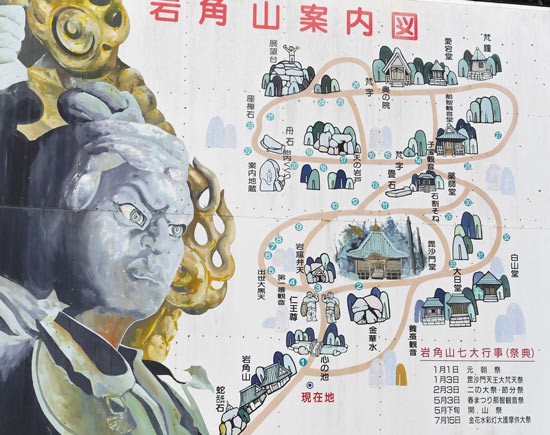
TEMPLES & SHRINES
Mt. Iwatsuno is home to numerous temples and shrines, including the beautiful Nachi Kannon Pagoda.
The Nachi Kannon Pagoda stands three-quarters of the way up the mountainside and was unfortunately badly damaged during the earthquake of March 11, 2011. It was subsequently knocked down and rebuilt.

Other structures on the mountainside have managed to stand strong for a lot, lot longer. For example, the Okunoin Temple at the very top of Mt. Iwatsuno is thought to have been built in the Kamakura Era, and Bisshamondo was rebuilt in the mid 19th century.
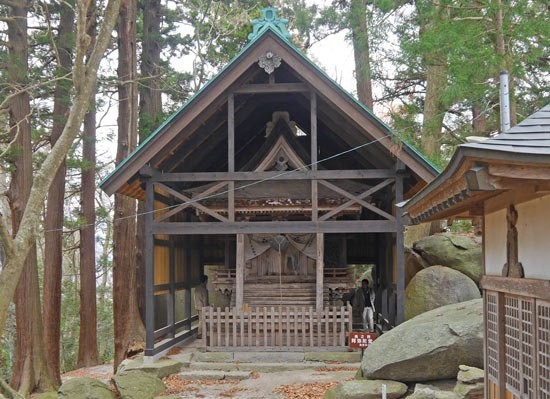
The carvings and statues aren’t the only old aspects of Mt Iwatsuno – there are also huge, ancient cedar trees on Mt. Iwatsuno, including this giant cedar, which is over 800 years old!
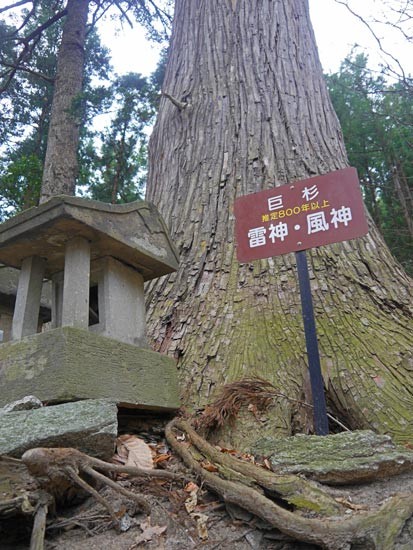
STATUES & CARVINGS
There are over 800 carvings and statues at Mt. Iwatsuno, each of which has its own meaning and relevance as a place of worship. If you’re interested in reading more about this (and you can read Japanese!) please take a look at this link.
Many of Mt Iwatsuno’s rock carvings, including the 33 carvings of kannon (Goddess of Mercy), were made in the Edo period.
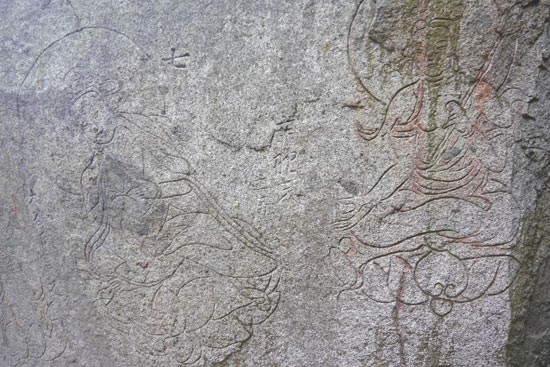
The Jundei Kannon, pictured below, is known as a place to worship for those hoping to become pregnant, and for those praying for the perpetuation of their family line.
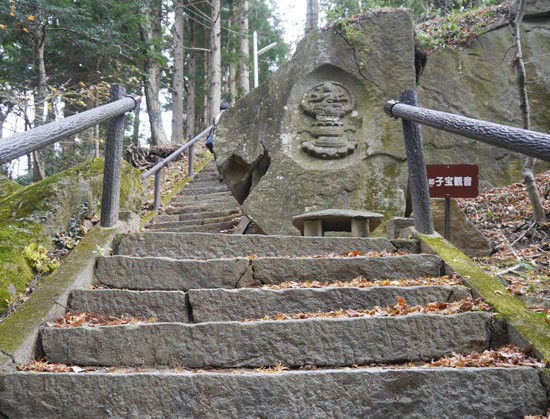
Other carvings are known for their matchmaking properties.
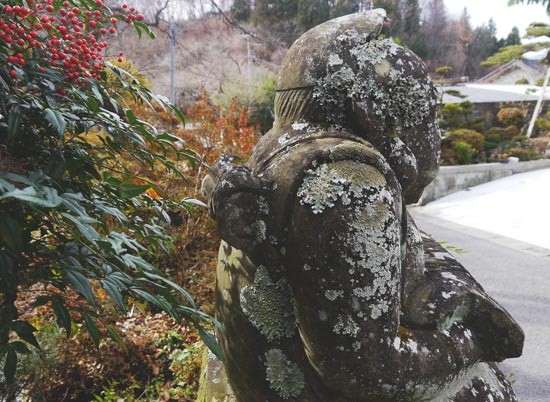
POWER SPOT
The 落ちない石, or 'the Stone That Never Falls', is a giant granite rock that towers over the edge of Mt. Iwatsuno. Despite experiencing 3 major earthquakes since the Heian Era, this rock has never shaken or shifted, and is now recognised as a power spot. It is a popular place to pray for the realisation of dreams and wishes.
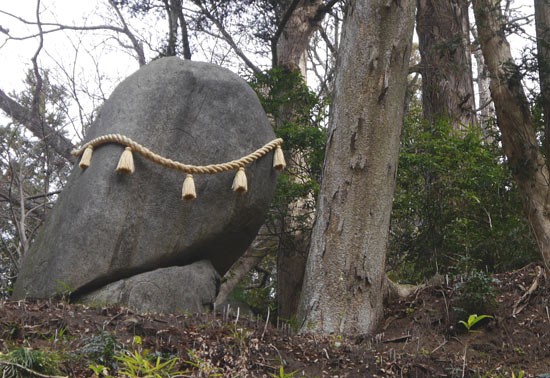
PLACES TO EXPLORE
The winding path up to the top of Mt. Iwatsuno is flanked with naturally-forming rock pools, tunnels and pathways to explore.
I found myself surprised time and time again by the sheer scale of the area.
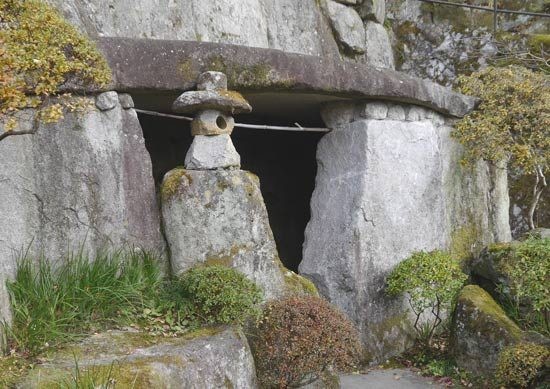
The variety of foliage on the mountainside also really impressed me.
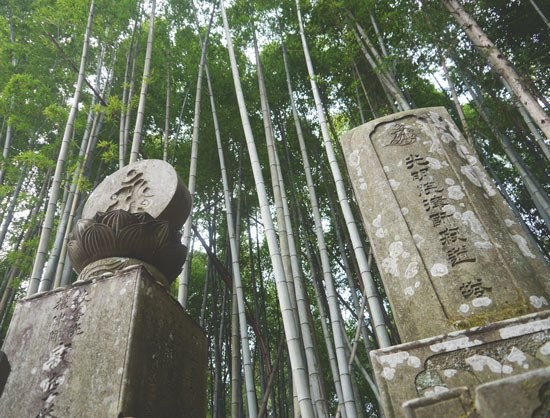
To top it all off, when I reached the top of Mt. Iwatsuno, I was greeted by a lovely panoramic view of the surrounding area. Although the weather wasn’t amazing on the day of my visit, the view still stretched out before me. On a clear day, you can apparently see Adatarayama, the Azuma Mountains, Ryozen, Zao and Nasu!
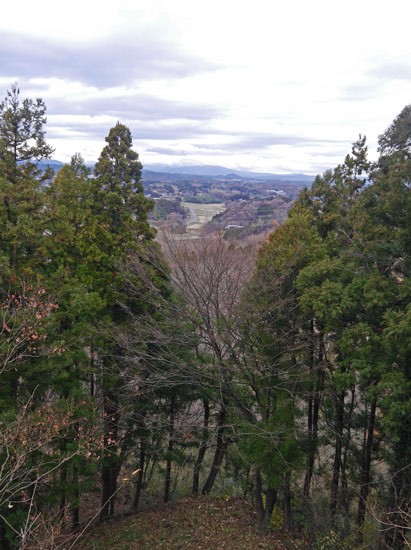
ZAZEN MEDITATION EXPERIENCE
Another sight towards the top of Mt. Iwatsuno is the Zazen Meditation ‘Tatami Rock’ (photo below), which was used as a place of meditation until the Meiji era.
Although it is no longer used for meditation, visitors can try out Buddhist meditation at Mt. Iwatsuno 4 times during the year on decided dates. Read here for more information (Japanese language only).
It is also possible to have private or group experiences, but reservations have to be conducted in Japanese.
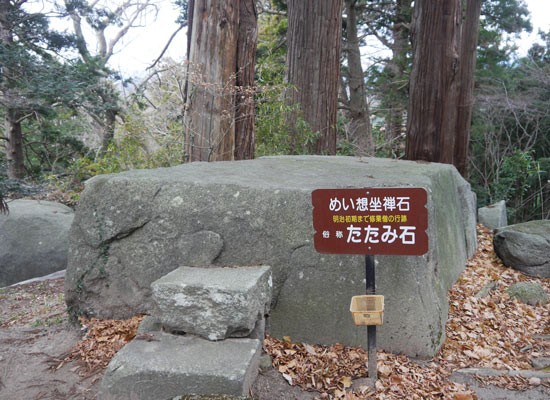
ACCESS
Mt Iwatsuno lies on the border between Nihonmatsu City and Motomiya City in Fukushima Prefecture.
You can reach Mt Iwatsuno from Motomiya Station via a 15 min taxi ride. For those driving, Mt Iwatsuno is a 15 min drive from the Motomiya IC off of the Tohoku Expressway.
The sign below marks the entrance to the temple complex.



